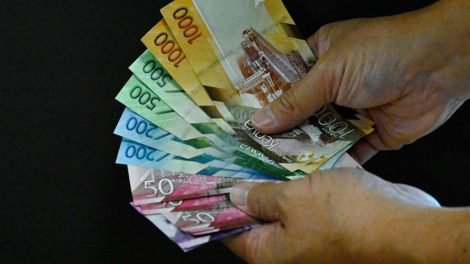On many occasions we can perceive that our economy is in imbalance or that it simply does not show any progress, not even stability. We can determine to be in crisis or economic recession, but what is the difference?
Recession, liquidity constraint
Basically the economy studies the cycles that a country goes through such as recession, recovery and expansion.
The negative variation of the indicator of Gross Domestic Product (GDP) during two consecutive quarterly periods, formulates a decrease. This is a process that slows down the economy, positioning the outlook in a recession.
The causes of a recession are linked to the variation in the inflation index, which restrictions purchasing power, that is, the economic stability of all individuals. This does not imply being permanent, but not for an exact period.
The study of economic theory by John Maynard Keynes, one of the most influential economists of the 20th century, explains that an economic recession originates with the restriction of liquidity, that is, the circulation of money.
Crisis, full deterioration
In contrast, an economic crisis is a period of instability that unleashes consequences for a long time.
Productivity and consumption mostly affect all economic agents, it restrictions purchasing power in a null way.
Why is poverty considered a psychological problem?
In the sense of an economic bubble, an economic crisis shakes financial stability in investments and the exchange market, in the microeconomy it affects purchasing stability, generating a depression in the progress and advancement of the economy.
Basically the periods of economic ‘crisis’ or ‘recession’ try to be controlled by the different macroeconomic indicators, through economic stability policies.














